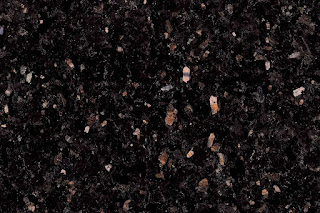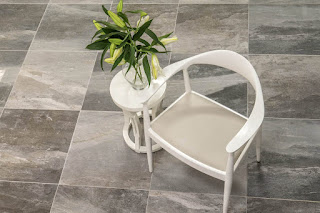The Role of Natural Stone in Qatar's Architectural Heritage: A Historical Overview
Natural Stone Exporters in Qatar have played a significant role in architectural heritage for centuries. The country's unique geological landscape has provided a wealth of high-quality stone, which has been used to create stunning buildings and structures that still stand today. In this blog, we'll take a historical overview of the use of natural stone in Qatar's architecture, exploring its origins, evolution, and continued significance in modern times.
The Beginnings of Natural Stone Architecture in Qatar
Qatar's architectural heritage dates back thousands of years, with evidence of stone structures found in various parts of the country. One of the earliest examples is the Al-Khor Towers, which were built in the 16th century and made from locally sourced limestone. These towers were used as watchtowers to protect the town from maritime attacks and provide shelter for residents during times of conflict.
Another example of early natural stone architecture in Qatar is the Al Zubarah Fort, which was constructed in the 18th century using coral stone from the nearby sea. This fort was used as a military stronghold and trading post, serving as a testament to Qatar's strategic importance in the region.
The Evolution of Natural Stone Architecture in Qatar
As Qatar's economy grew in the 20th century, so did its architecture. Natural stone continued to be a popular building material, but it was now used more ambitious and grandiosely. In the 1950s and 1960s, buildings such as the Qatar National Museum and the Ministry of Education were constructed using limestone, giving them an imposing and majestic appearance.
The use of natural stone in architecture continued to evolve throughout the latter half of the 20th century. An Indian Marble Exporter in Qatar plays a big role in this. The incorporation of marble and granite into building designs became more commonplace, providing a sleek and modern look that was in keeping with the country's growing economic prosperity. Buildings such as the Al Fardan Tower and the Tornado Tower are prime examples of this trend, showcasing the versatility and beauty of natural stone as a building material.
Natural Stone in Modern Architecture
In recent years, Qatar's architecture has continued to embrace natural stone, with an emphasis on sustainable and eco-friendly construction. Qatar's National Convention Center, for example, was built using local limestone and recycled materials, providing a modern and innovative space while minimizing its environmental impact.
The use of natural stone in modern architecture also reflects Qatar's commitment to preserving its cultural heritage. Many of the country's newer buildings incorporate traditional Qatari design elements, such as arches, domes, and intricate geometric patterns, often carved into natural stone.
The Importance of Natural Stone in Qatar's Architecture Today
Today, Natural Stone Manufacturers continue to play a crucial role in Qatar's architecture. Not only is it a versatile and durable building material, but it also reflects the country's history and cultural identity. Qatar's architecture serves as a visual representation of the country's past, present, and future, and natural stone is a key element in this narrative.
In addition to its aesthetic appeal, natural stone also has practical benefits in Qatar's hot and arid climate. It has excellent thermal mass properties, meaning that it can absorb and release heat slowly, helping to regulate indoor temperatures and reducing the need for artificial cooling.
You can inquiry us for:-
Conclusion
From the Al-Khor Towers to the Qatar National Museum, natural stone has been essential to Qatar's architectural heritage for centuries. Its durability, versatility, and aesthetic appeal have made it a popular building material throughout the country's history, and its continued use in modern architecture reflects Qatar's commitment to preserving its cultural identity while embracing sustainable and innovative construction methods.



Comments
Post a Comment